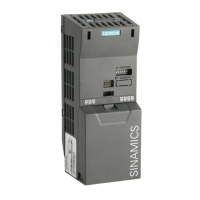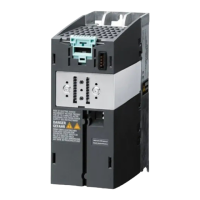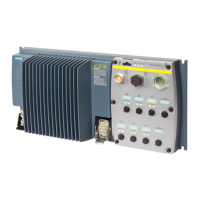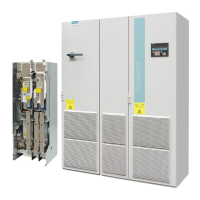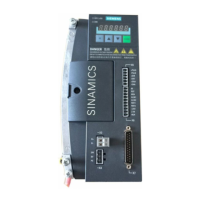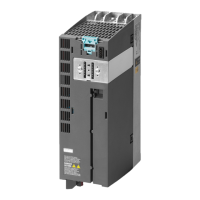Functions
5.7 Closed-loop control
Frequency inverter
112 Operating Instructions, 08.10. 2008, t.b.d.
5.7.2 Vector control
5.7.2.1 Typical applications for vector control
The vector control can be used to control (closed-loop) the speed and the torque of a motor.
Vector control is mostly used without directly measuring the motor speed (vector control
without encoder). The vector control is also used with a speed encoder in special
applications.
Vector control in comparison to V/f control
When compared to V/f control, vector control offers the following advantages:
● The speed is more stable for motor load changes
● Shorter accelerating times when the setpoint changes
● Acceleration and braking are possible with an adjustable maximum torque
● Improved protection of the motor and the driven machine as a result of the adjustable
torque limiting
● The full torque is possible at standstill
Vector control must not be used in the following cases:
● If the motor is too small in comparison to the frequency inverter (the rated motor power
may not be less than one quarter of the rated frequency inverter power)
● If the maximum frequency is more than 200 Hz
● If several motors are connected to one frequency inverter
● If a power contactor is used between the frequency inverter and motor and is opened
while the motor is powered-up
Typical applications for sensorless vector control
Vector control without encoder is typically used for the following applications:
● Hoisting equipment and vertical conveyor belts
● Winders
● Extruders

